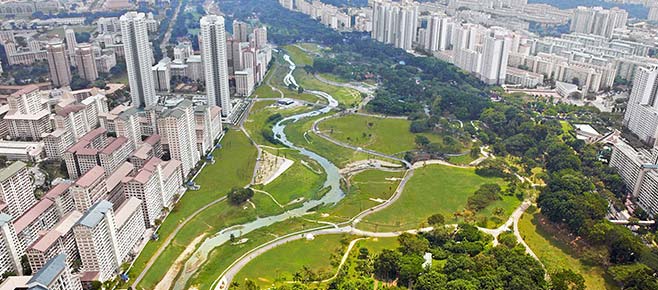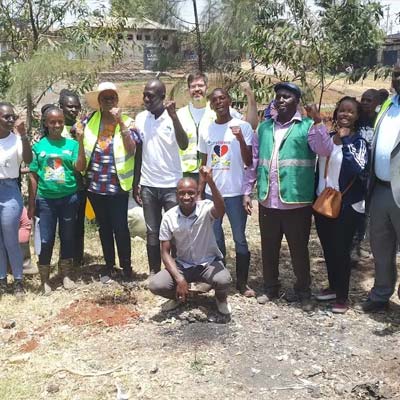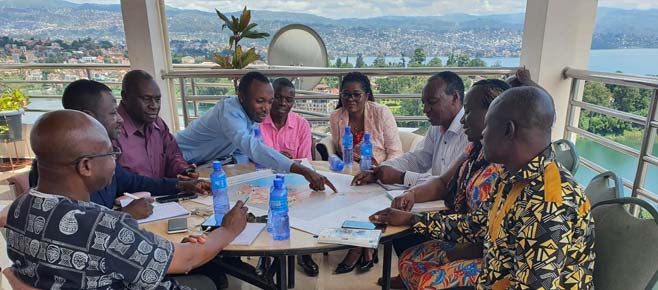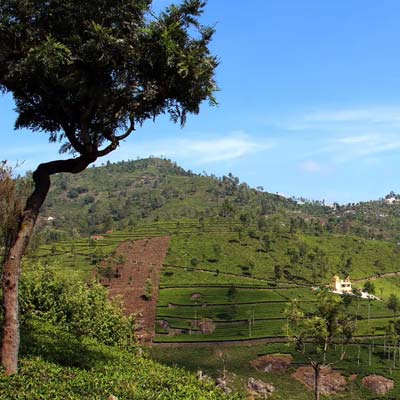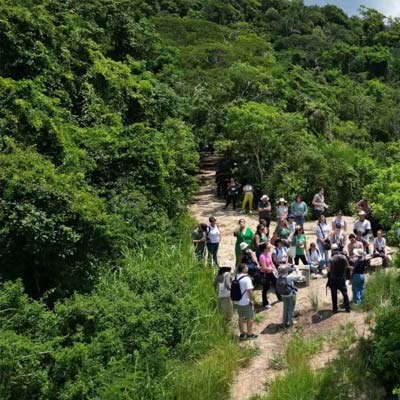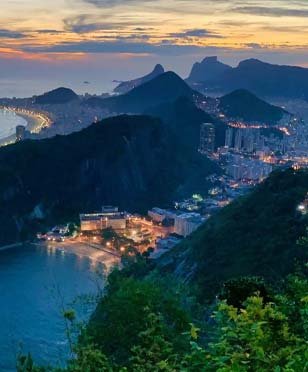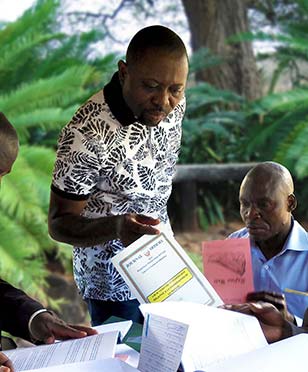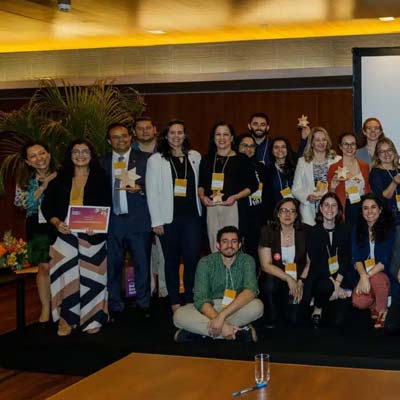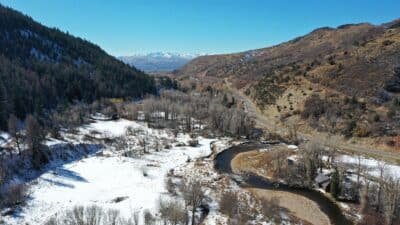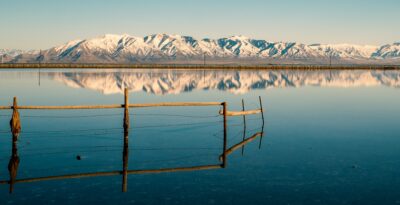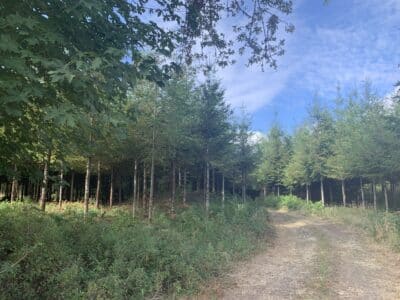The Utah Resilience Fund: Protecting Communities in the Great Salt Lake Watershed from Catastrophic Wildfire
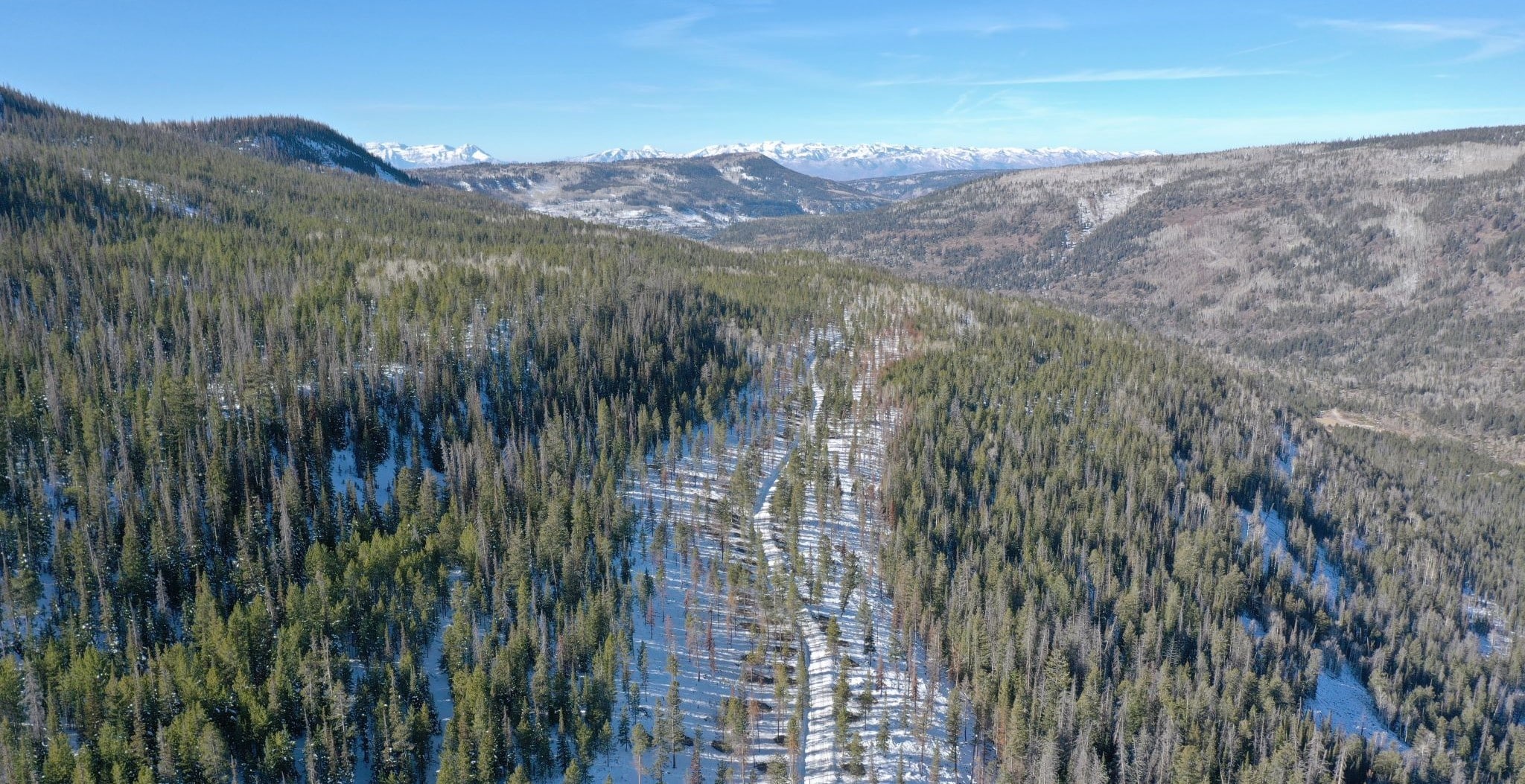
The Great Salt Lake is rapidly shrinking due to a combination of prolonged drought and over-use of water resources, representing an apocalyptic threat to the over 2 million residents of communities adjacent to the Uinta-Wasatch-Cache National Forest. Continued water loss would greatly diminish the wetlands, home to millions of migratory birds, and have significant economic disruptions to the $2.5 billion lake industry, which includes mineral extraction, brine shrimp, and recreation. The receding water could also release toxic dust from the lake bed, creating a public health disaster.
The Great Salt Lake receives its water from three rivers — the Weber, Jordan, and Bear — whose upper watersheds are exposed to high risk of catastrophic wildfire. Overstocked and dense forests in the upper watersheds require forest health treatments across public and private lands, including conifer thinning, aspen and meadow restoration, and prescribed fire, to reduce wildfire risk, protect water quality, and maintain downstream flows to the Great Salt Lake. In the Weber River Watershed alone, forest health treatments across 100,000 acres could protect over 280,000 acres from catastrophic wildfire, but would require over $250 million in the next ten years. This represents an unprecedented opportunity to pool resources, expertise, and knowledge to put restoration on a fast track to safeguard water flows that sustain the Great Salt Lake.
Investing in upfront measures of water conservation, forest health treatments, and watershed restoration will be more cost-effective than inaction: a comparable example is the $1.2 billion that Los Angeles has paid since 2001 to reduce the release of poisonous dust from the dried up Owen’s Lake. Additionally, investment in the upfront costs of wildfire fuel reduction treatments can deliver a 600% return by protecting property, improving air quality, and maintaining ecosystem services. However, strategies to deliver the necessary upfront capital are insufficient and committed funds for maintenance are nonexistent.
The Challenge in Utah: High Catastrophic Wildfire Risk and Limited Funding for Treatments
Utah is at the forefront of the wildfire crisis in the western United States. Over 12.6 million acres of Utah’s land are at severe risk for catastrophic wildfire due to extreme temperatures and overly dense forests, making it one of the highest risk states for wildfire in the nation.
In Utah, fires are an important part of the forest ecosystem. Low-intensity fires help clear dead and overly dense vegetation, which allows for new growth. However, decades of fire suppression have led to overly dense forests. If these areas catch on fire, the likelihood for the wildfire to become destructive and burn vast amounts of land at high intensity — making it a “catastrophic wildfire” — becomes higher due to the high amount of vegetation that is available to burn.
Shifts in weather patterns further exacerbates the issue by creating hotter, drier, and longer fire seasons. Worse still, Utah’s urban development has increasingly expanded into high-risk areas at an unprecedented rate. This puts a growing number of people, homes, businesses, and infrastructure in the path of potential destruction. In 2020, almost half of all people in Utah lived in the “wildland-urban interface,” which is especially at risk of wildfire, and many more are continuing to move to these areas.
These conditions are particularly alarming for the drinking water systems in the Weber and Jordan River Watersheds. Currently, the Weber River Watershed supplies drinking water to over 700,000 residents living in five adjacent counties, including Summit County and its largest city, Park City. The Jordan River Watershed supplies water to over 2.1 million people, including over 360,000 residents in the state’s capital and largest city, Salt Lake City. Sub-watersheds within these areas rank in the top 25 in the state for fire hazard due to the amount of highly concentrated vegetation.
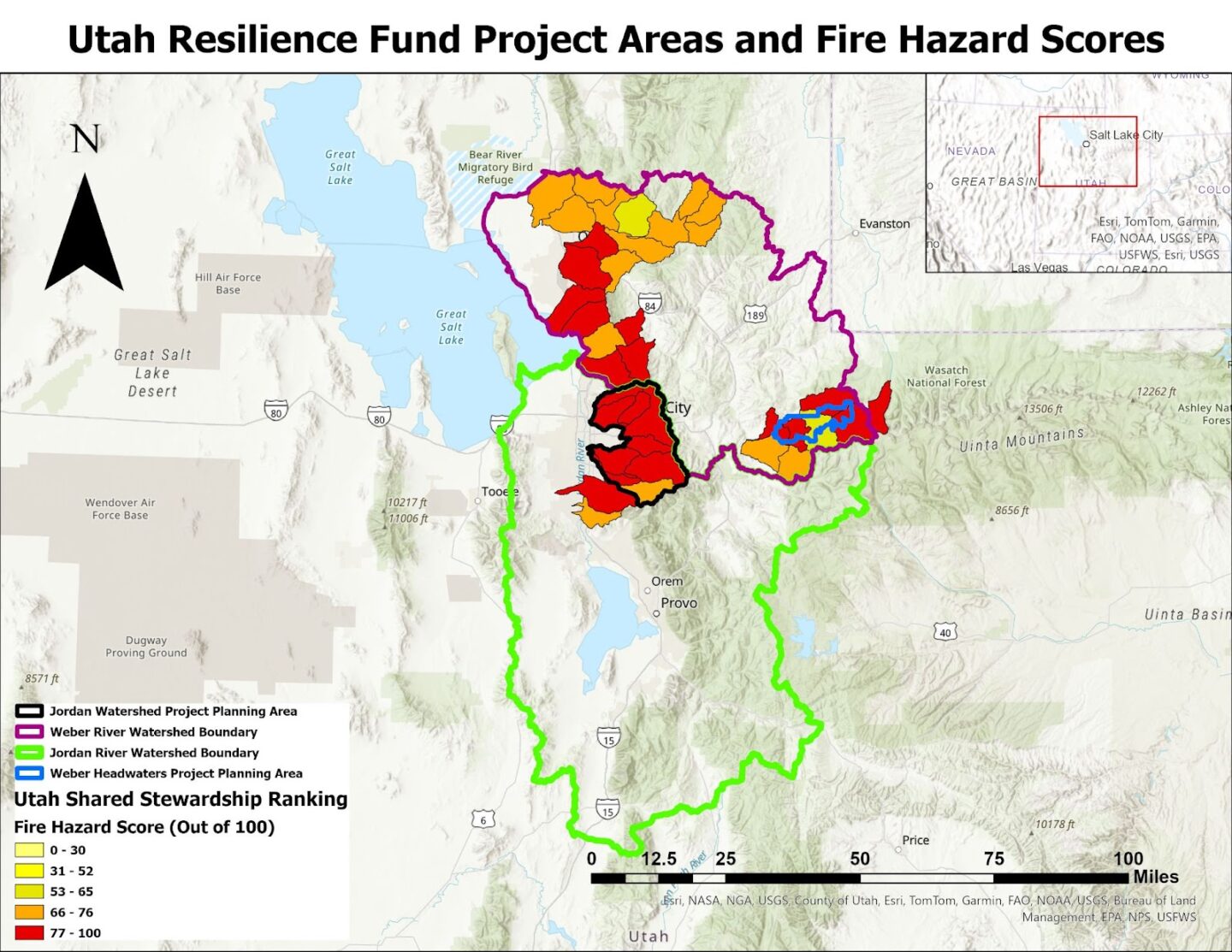
Catastrophic wildfires pose a significant threat to these waterways and water utilities. Their effects can last months, or sometimes years. Destructive fires make watersheds less healthy and effective at naturally filtering and regulating water flows. Fires leach harmful chemicals into the water supply, increase water temperature by reducing tree shade, release solid materials like ash into the water, alter pH levels, increase algae blooms, can burn up piping and distribution systems, reduce reservoir capacity through sedimentation, and necessitate alternative water sourcing in the aftermath of fire events. All these effects can overwhelm water treatment facilities, increase costs to treat flows, and reduce the availability of drinkable water.
To combat the growing threat of catastrophic wildfire to Utah’s water supply and communities, the state needs forest treatments, such as prescribed fire and tree thinning, to address the buildup of flammable debris and overcrowded forests. Wetland restoration is also necessary to recharge groundwater and decrease the spread and intensity of potential wildfires. These treatments can make forests less susceptible to uncontained, catastrophic fires and combat the harm that decades of fire suppression have caused to forest health.
However, funding remains a persistent barrier to implementing forest treatments, leaving Utah’s communities vulnerable as wildfire trends only continue to worsen. Despite a significant influx of federal resources through the Bipartisan Infrastructure Law, the Inflation Reduction Act (IRA), the Build Back Better Act, and the US Forest Services’ (USFS) 10-year Wildfire Crisis Strategy, the funds are time-limited and often entail jurisdictional restrictions. For example, many funding opportunities, such as the Collaborative Wildfire Risk Reduction Program, only pay for implementation on USFS lands, leaving adjacent non-federal lands at high risk.
In Utah, these and other federal funds can be commingled with state funding through Utah’s Shared Stewardship program, a joint collaboration among the USFS; Utah Forestry, Fire and State Lands (FFSL); and Utah’s Watershed Restoration Initiative (UWRI). Through the program, these resources are awarded annually through partnership contracts and grant programs. However, due to the uncertainty of grant awards and annual budget allocations, these funding streams often do not cover all project costs and cannot sustain projects throughout their lifecycle. For example, the USFS 10-year Wildfire Crisis Strategy funding, despite its nomenclature, cannot commit a decade of funds to priority landscapes. This leaves crucial fuel reduction projects without capital in future years to complete implementation at the scale necessary to deliver resilience.
The Utah Resilience Fund
To address the funding gap for catastrophic wildfire resilience and watershed protection in Utah, an alliance of public and private partners came together to form the Weber River Watershed Coalition in 2020. This coalition is comprised of representatives from Summit County, Weber Basin Water Conservancy District, Mountain Regional Water District, USFS, Utah’s Shared Stewardship, FFSL, UWRI, the office of Representative Blake Moore, and World Resources Institute (WRI) through the Cities4Forests initiative. Together, they developed an innovative funding program, known as the Utah Resilience Fund (URF).
In the URF model, beneficiaries of watershed restoration treatments, such as water utilities, local governments, and land managers, help pay for the upfront costs of these treatments by contributing to the Resilience Fund. These costs cover project design, planning, and implementation. By blending public and private contributions, this model ensures full project funding across federal, state, and private lands. The Utah Resilience Fund includes a state-operated endowment, housed by coalition partner UWRI, to fund long-term maintenance costs and necessary re-entry work 5 to 10 years after initial treatments. The endowment is an investment fund that generates returns for maintenance costs from low-risk investments.
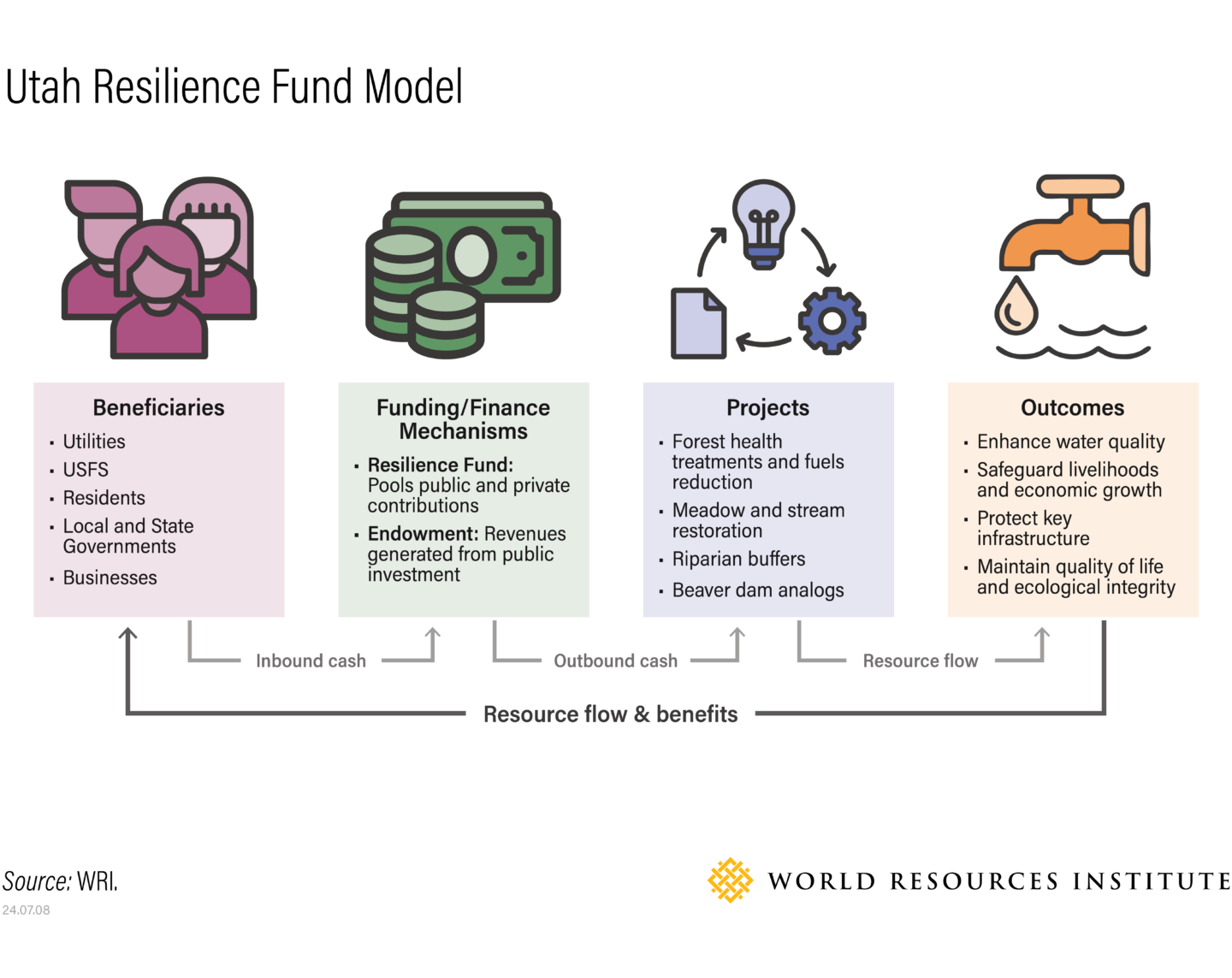
With the secure funding streams, restoration projects are strategically executed in the highest risk areas, delivering measurable outcomes like reduced wildfire risk, improved water security, and protected infrastructure. These benefits ultimately yield cost savings or revenue-generating opportunities for the fund’s contributors, protect Utah’s watersheds and forests, and ensure a safer future for millions of Utah residents.
To achieve the coalition’s ambitions, WRI and Summit County sought resources to increase capacity and hire dedicated personnel. Through the USFS’ National Partnership Office, they were able to secure a 2021 Innovative Finance for National Forests (IFNF) Grant to fund a full-time Lands and Natural Resources Director at Summit County who could coordinate project planning with partners and secure URF contributions.
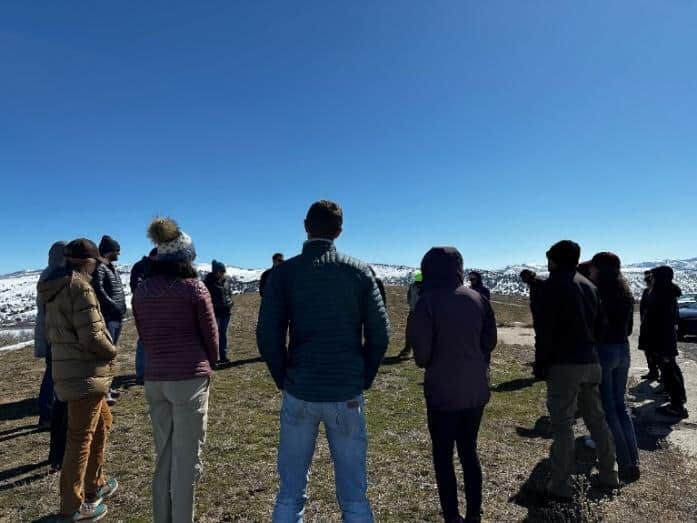
Over the past four years, the Coalition has successfully grown the fund to over $7.8 million through county, state, federal, and local water utility contributions. The majority of these funds have been allocated for work on private lands, with over 1,300 acres of fuel reduction completed in the Weber River Watershed. With USFS Wildfire Crisis Strategy funding, over 15,000 acres have been targeted for fuel reduction and watershed health treatments in the Upper Weber Watershed on the Uinta-Wasatch-Cache National Forest that will complement the private land treatments.
Scaling the Utah Resilience Fund
In 2023, the coalition broadened its focus from the Weber River Watershed to the Jordan River Watershed, adding new partners such as the Salt Lake City Department of Public Utilities (SLCDPU). To accelerate project planning and protect critical drinking water infrastructure, WRI secured an additional IFNF Grant in 2023 and pooled resources with water utility partners SLCDPU and Weber Basin Water Conservancy District to hire a full-time Utah Watershed Health Coordinator, who aims to strengthen coordination and cross-boundary planning in both watersheds. This has led to the creation of long-term project plans to enhance watershed resilience. Notably, these plans include treatments in multiple drainages adjacent to the Salt Lake City metro area — efforts that will be the first of their kind on SLCDPU-owned properties — to protect its water treatment plants.
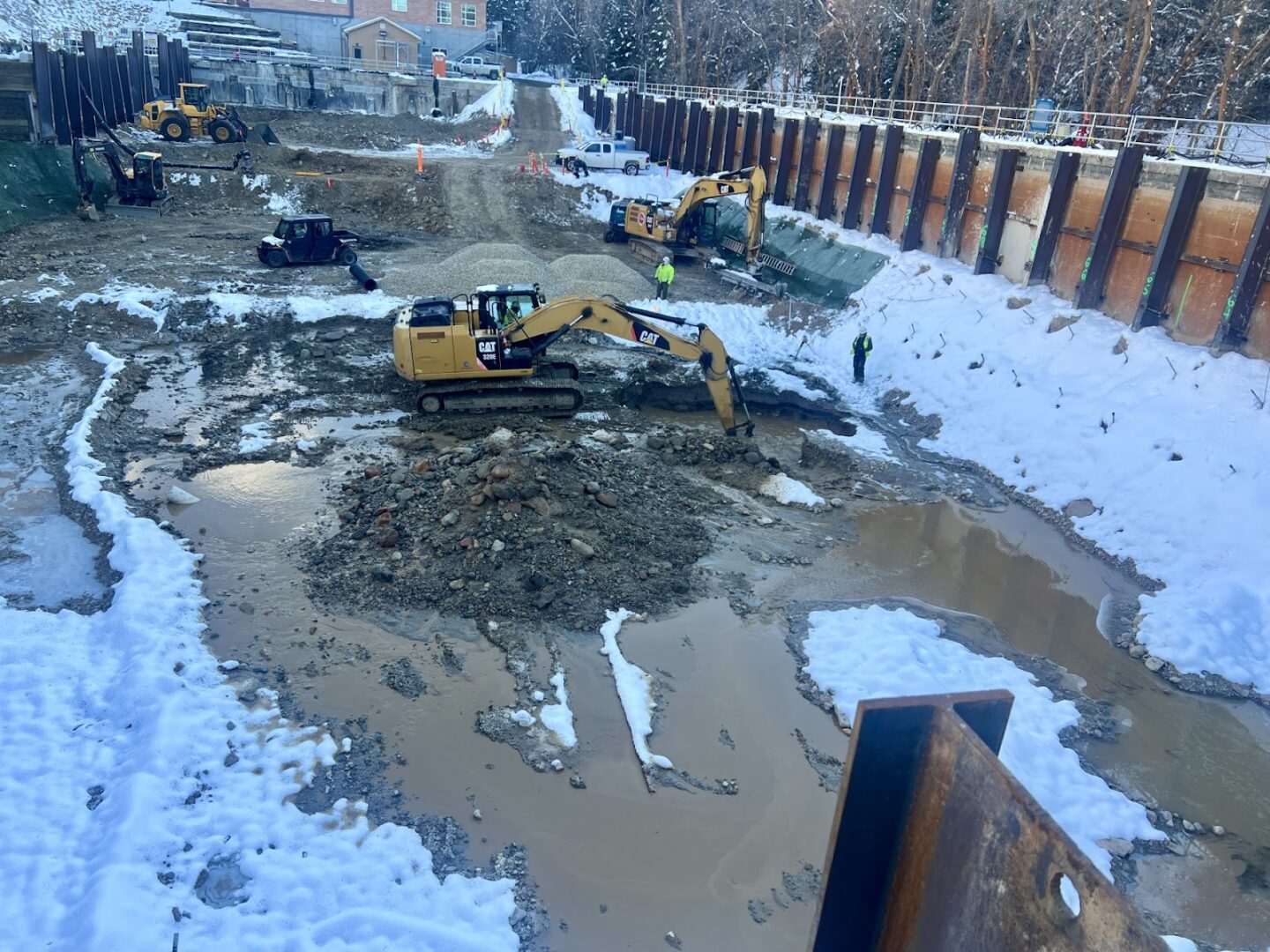
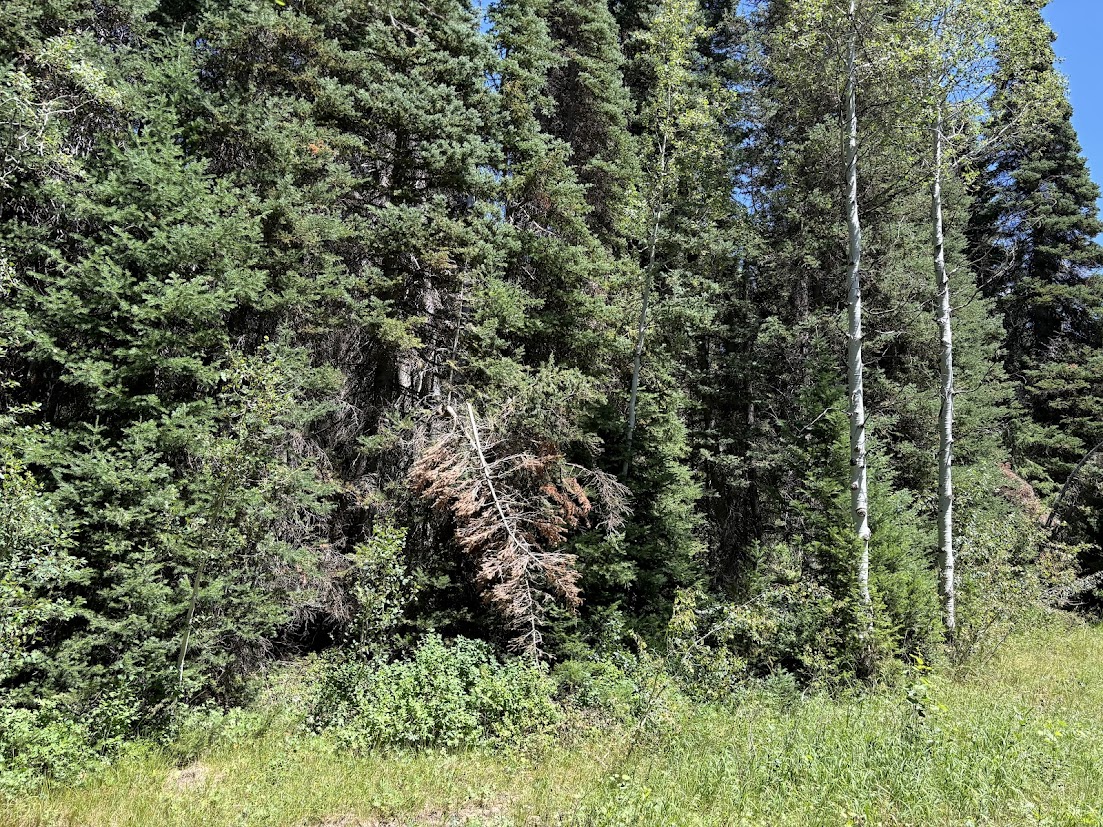
Watershed resilience treatments are planned for areas of overstocked conifer forest near SLCDPU’s City Creek Water Treatment Plant (left photo) and on multiple SLCDPU properties in Big Cottonwood Canyon (right photo). Photos by SLCDPU (left photo) and Josh Cohn (right photo)
The Road Ahead in Utah
To ensure lasting success and protect the tributaries to the Great Salt Lake, the Utah Resilience Fund partners aim to:
- Expedite Project Planning: Increase the pace to develop well-planned restoration and forest health projects in high-risk watersheds so treatments can be implemented as soon as possible.
- Scale Funding: Dramatically increase investment in forest health treatments to protect communities, watersheds, and infrastructure from catastrophic wildfire.
- Sustain Long-term Maintenance: Build the endowment dedicated to future upkeep of the treated watersheds in 5 to 10 years.
The partners are working toward all three goals, but more help is needed to achieve watershed resilience and protect tributaries to the Great Salt Lake in a timely manner. As the URF grows and treatments are successfully implemented, this approach will prove crucial in safeguarding the communities, economies, and wildlife that depend on the Great Salt Lake ecosystem. The URF will need additional support from:
1. Strengthened and New Partnerships: The Utah Resilience Fund’s success hinges on the collaborative efforts of the Weber River Watershed Coalition. By fostering and strengthening relationships both within the coalition and with new stakeholders, the URF can amplify collective investments, enhance project outcomes, and encourage even larger commitments from existing and future partners.
2. New Funding Streams: New federal, state, and private funding sources will be needed to meet the full costs of restoration and resilience. In 2023 the coalition successfully secured $1 million of federal funds from the office of Representative Blake Moore for the URF, providing an essential match for state grant awards. In 2024, the Great Salt Lake’s designation as a Sentinel Landscape by the Department of Defense unlocked a new $2 to $3 million annual funding stream through the Readiness and Environmental Protection Integration (REPI) Program, earmarked for conserving, protecting, and restoring ecosystems near military installations around the Great Salt Lake. Going forward, the fund will require millions more to maintain the pace required for lasting watershed resilience.
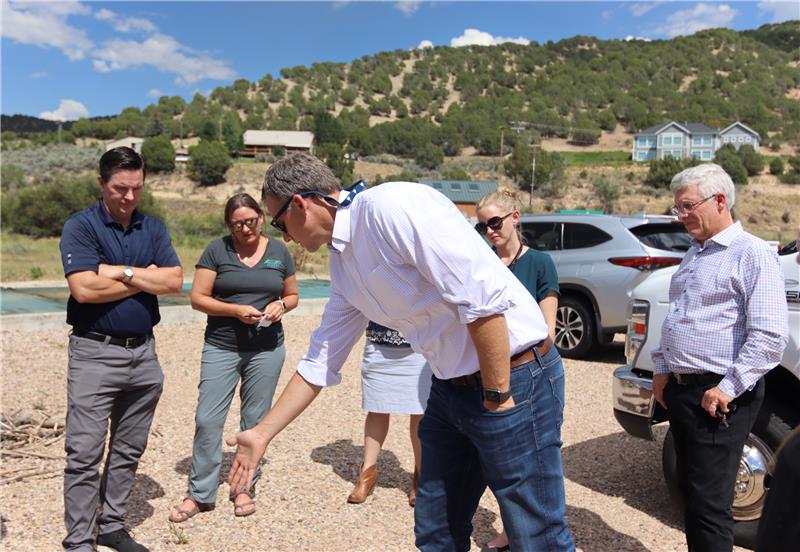
3. Community Engagement: Utah Resilience Fund partners have actively worked to inform and involve the public, acknowledging that many people are not familiar with forest health treatments and remain uncertain about controlled burns. Showcasing successful fire mitigation projects from across the region will be essential for earning community trust and support, helping ensure the ongoing success of the URF’s initiatives. Two examples, the Upper Provo Watershed Restoration Project and Stansbury Mountains Big Game Habitat Improvement Project, aided in fire suppression efforts in the Yellow Lake and South Willow Fires in 2024, helping build the case for investing in these preventative treatments.
Preventative treatments can deliver upfront forest health benefits and improved ecosystem resilience in addition to aiding in fire suppression efforts, helping to save lives and infrastructure from catastrophic impacts. “When the South Willow Fire burned into the treatment area, every aspect of firefighting became more effective (hand crews could work more efficiently with shorter flame lengths, dozers could push more line, and retardant could penetrate surface fuels easier),” said Dan Walton, Tooele County Warden and South Willow Fire Incident Commander. “This made firefighting more safe on the ground and allowed the fire crews to contain the fire faster. It took firefighters four hours to stop forward progression, instead of a couple of days that they had initially thought.”
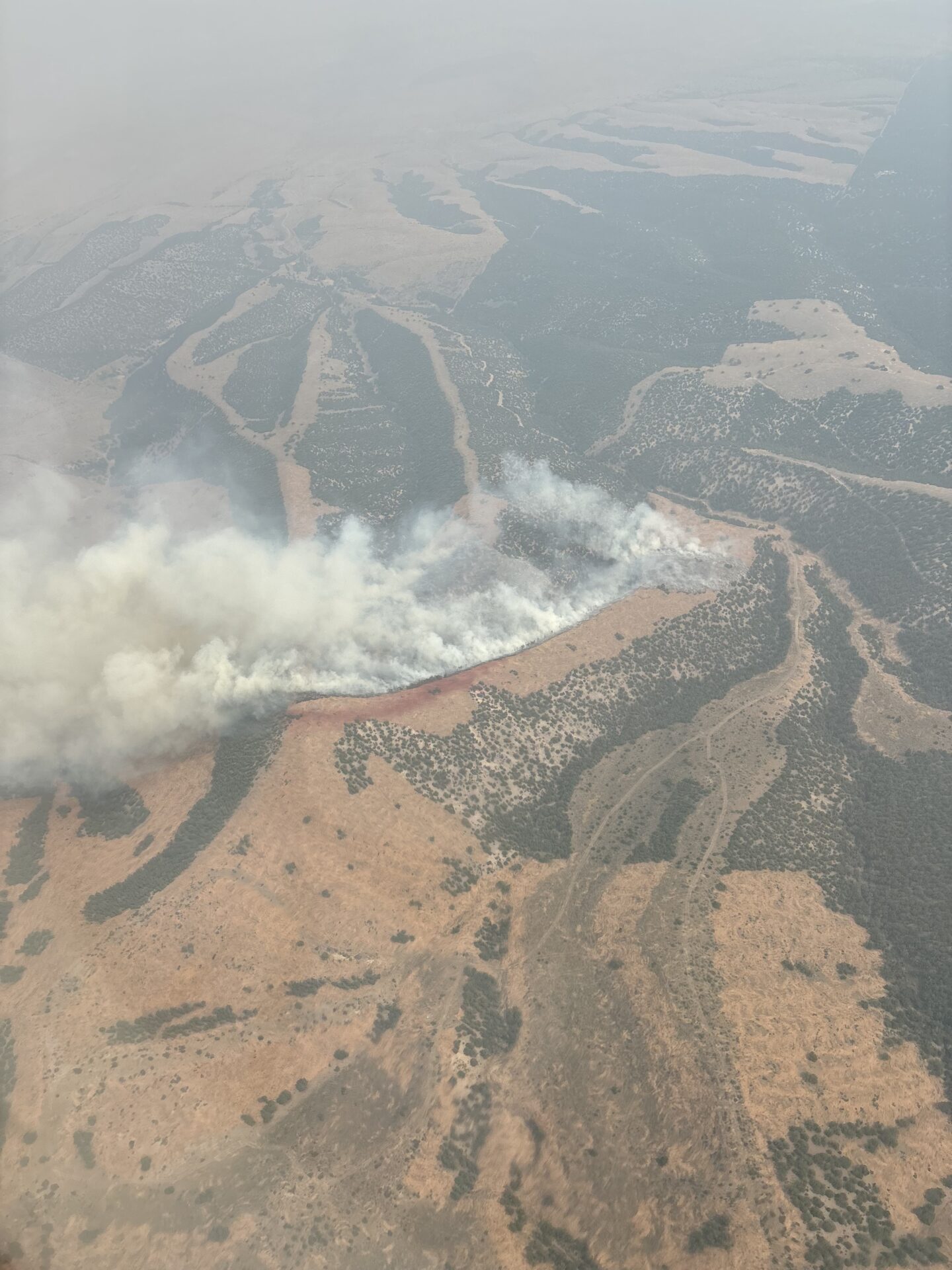
Amid the ongoing catastrophic wildfire crisis in the western United States, the Utah Resilience Fund offers a powerful example of how collaborative, long-term funding can reduce wildfire risks and protect essential watersheds. Its success sets an optimistic precedent for similar applications across Utah and beyond. This is critical as current predictions suggest that catastrophic wildfires will continue to intensify worldwide. Governments, utilities, and communities need not face this crisis alone. By pooling funding and prioritizing the long-term upkeep of forest health, cooperative stakeholders can safeguard watersheds, protect valuable assets, and proactively bolster wildfire resilience efforts — before it’s too late.
For more information about the URF, contact Josh Cohn (josh.cohn@wri.org) from WRI or Jessica Kirby (jkirby@summitcountyutah.gov) from Summit County’s Department of County Lands and Natural Resources.
